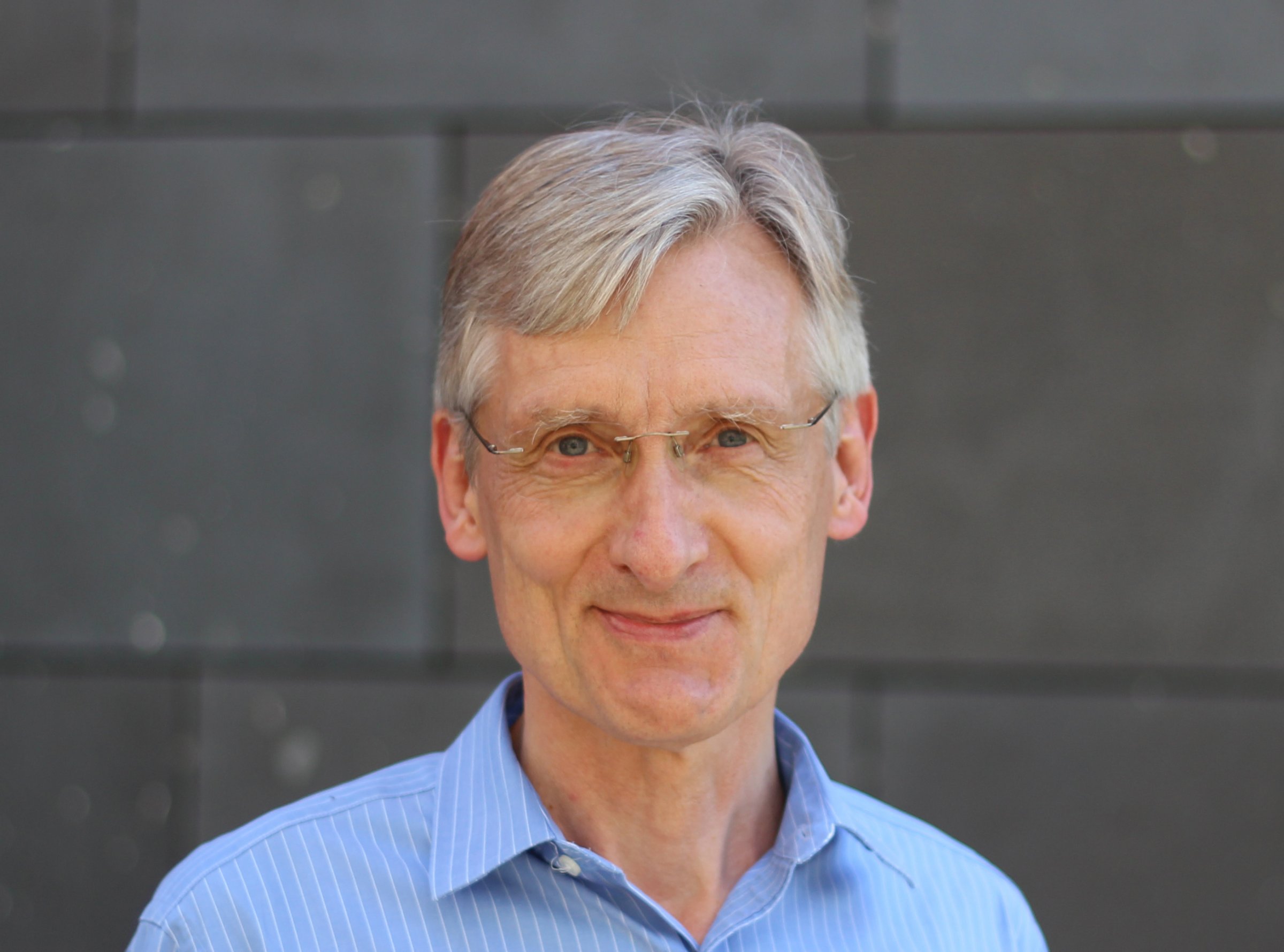November 1, 2024
Particle physics prize for FIAS director
Eckhard Elsen receives Panofsky Prize 2025
The Scientific Director of FIAS, Eckhard Elsen, will be awarded the W. K. H. Panofsky Prize in Experimental Particle Physics 2025 by the American Physical Society (APS) together with Robert Klanner. The two particle physicists are being honoured for their pioneering work on the large particle accelerator HERA (Hadron-Electron Ring Facility) at DESY (Deutsches Elektronen-Synchrotron). Both scientists were professors at the University of Hamburg and conducted research together at DESY.
Eckhard Elsen was Professor of Experimental Physics at the University of Hamburg and a senior scientist at DESY for around 25 years, including as spokesperson for the H1 experiment, one of the four experiments at the HERA accelerator. Robert Klanner was deeply involved in setting up, operating and analysing the ZEUS experiment and was research director at DESY.
Elsen and Klanner received the award for their key contributions to science at DESY's largest particle accelerator HERA, which was in operation from 1992 to 2007. HERA was used primarily to study the structure of the proton in detail. The knowledge gained is not only of central importance for the general understanding of the proton and its components, but is now incorporated into the daily work of researchers from all over the world who are involved in the Large Hadron Collider (LHC) at the CERN research centre in Geneva, where Elsen conducted research for several years.
The huge HERA particle accelerator was Germany's largest research instrument. In a 6.3 kilometre-long tunnel deep underground in Hamburg, the light electrons - or their antiparticles, the positrons - collided with the hydrogen nuclei, the protons, which were almost 2000 times heavier, ten million times a second. The two researchers were involved in the experimental design and operation of the detectors for the high data rates by the standards of the time. For fifteen years, the storage ring was in operation as the world's most precise electron microscope for analysing the inner structure of the proton. Many of the insights gained with HERA found their way into textbooks, such as the fact that the interior of the proton resembles a bubbling soup of particles in which quarks, antiquarks and the ‘glue particles’ between them, the gluons, constantly appear and disappear again. The two collaborations are still publishing today on the basis of the data obtained back then.
Elsen is particularly pleased “to be part of a long line of friends and colleagues who have received the Panofsky Prize over the past 30 years”. He names stories and joint discussions about almost every prizewinner.
The Panofsky Prize is considered one of the most important prizes in particle physics. It is awarded annually at the Spring Meeting of the American Physical Society, which will take place in Anaheim, California (USA) in mid-March 2025. The two particle physicists will receive the prize of 10,000 US dollars for their “pioneering work in establishing the HERA physics programme and detectors’.
